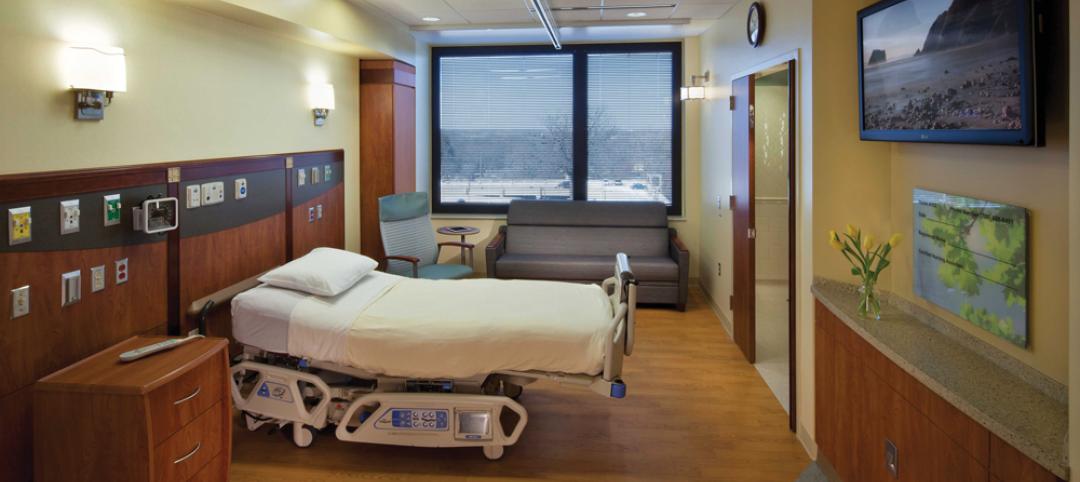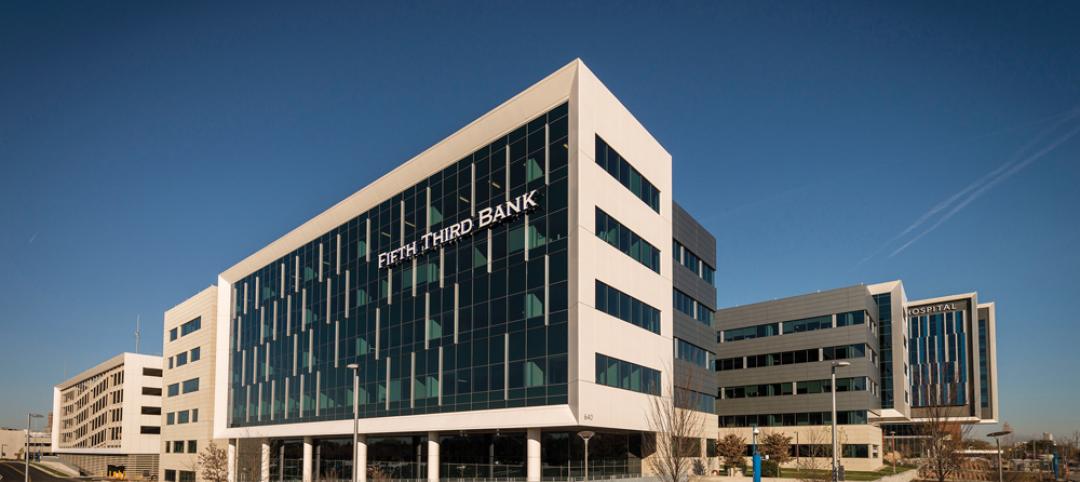A research team at the University of Toronto at Scarborough worked with several European designers to see what sort of spaces pleases our brains more.
Fast Company reports that the team, led by psychologist Oshin Vartanian, found that people are “far more likely to call a room beautiful when its design is round instead of linear.”
Hence, when Philip Johnson first visited the Guggenheim Museum in Bilbao, designed by the curve-master Frank Gehry, the tears he reportedly shed were caused by the building’s design tapping into some primordial human emotional network.
To conduct the study, the team slid people into a brain imaging machine and showed them pictures of rooms and buildings. They found that oblong couches, oval rugs, and looping floor patterns were universally seen as beautiful by all men and women who participated.
One of the many conclusions Vartanian and his team found was that human brains associate sharp lines (and sharp objects in general) with a threat, so curves signal a lack of threat, or safety.
Learn more about the research at Fast Company.
Related Stories
| Jul 23, 2014
Meet Acquario Ceará: The giant crustacean-shaped aquarium that's causing concerns
A new aquarium on Brazil's northeastern coast is designed, engineered, constructed and financed by U.S. firms and institutions.
| Jul 23, 2014
Top Healthcare Sector Construction Firms [2014 Giants 300 Report]
Turner, McCarthy, and Skanska USA top Building Design+Construction's 2014 ranking of the largest healthcare contractors and construction management firms in the U.S.
| Jul 23, 2014
Top Healthcare Sector Engineering Firms [2014 Giants 300 Report]
AECOM, Jacobs, and URS Corp. top Building Design+Construction's 2014 ranking of the largest healthcare engineering and engineering/architecture firms in the U.S.
| Jul 23, 2014
Top Healthcare Sector Architecture Firms [2014 Giants 300 Report]
HDR, Stantec, and HKS top Building Design+Construction's 2014 ranking of the largest healthcare architecture and architecture/engineering firms in the U.S.
| Jul 23, 2014
Tallest skyscraper in South Korea now open
The Northeast Asia Trade Tower stands at 308 meters and is the focal point of the Songdo International Business District, a new 310-hectare city built on reclaimed land.
| Jul 23, 2014
Architecture Billings Index up nearly a point in June
AIA reported the June ABI score was 53.5, up from a mark of 52.6 in May.
| Jul 22, 2014
L.A.'s tallest tower to get observation deck
U.S. Bank Tower, as part of a series of improvements, will be getting an observation deck and restaurant at its top.
| Jul 22, 2014
Herzog & de Meuron unveil curvy concrete condo in Manhattan
Herzog & de Meuron have released renderings of their new $250 million New York building, a 12-story condominium with 88 luxury apartments.
| Jul 21, 2014
Narrowing the field: Stirling Prize shortlist announced
The list includes first-time nominees Mecanoo and Renzo Piano Building Workshop, as well as previous winners Zaha Hadid Architects and Feilden Clegg Bradley Studios.
| Jul 21, 2014
Designing the process of leadership transition
Transition planning can be one of the more complex challenges that firms face. Effective plans begin by determining the gap between a firm’s current state and the future it envisions for itself. SPONSORED CONTENT















